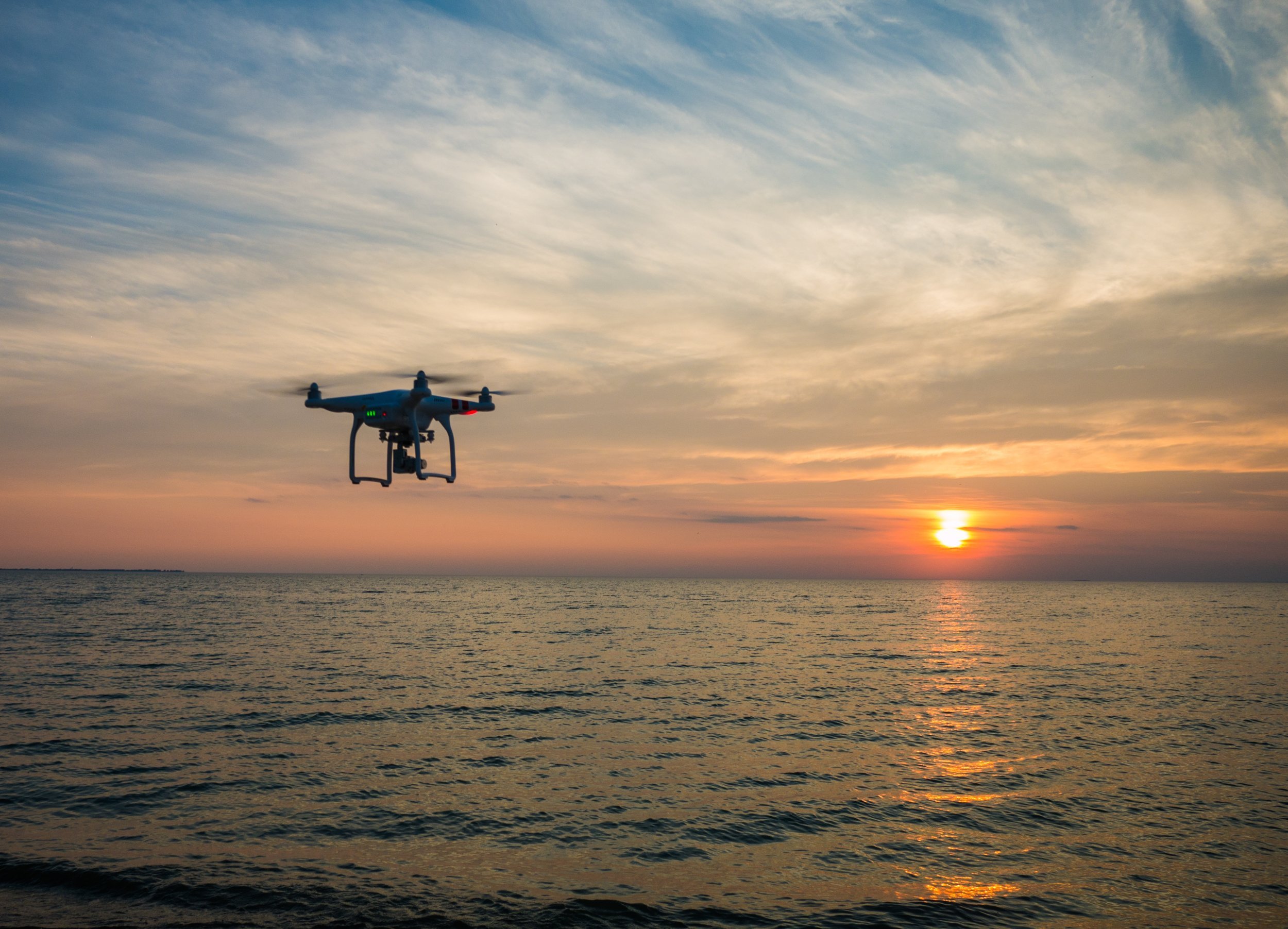Introduction
In Sweden, drones are regulated within the framework of aviation legislation. Access to controlled airspace is restricted. In addition, certain restrictions apply with respect to the distribution of aerial photographs, primarily from a national security perspective. In a recent ground-breaking judgment however, the Swedish Supreme Administrative Court has ruled that drones equipped with cameras are subject to permission under the Camera Monitoring Act. Under the Camera Monitoring Act, all camera surveillance is generally subject to permission, and permission for camera surveillance of areas accessible to the public will in principle be granted only for the purpose of preventing crime. As a result, the judgment effectively prohibits the commercial and recreational use of drone cameras in public areas in Sweden.
Drone regulation in Sweden
The Swedish Transport Agency estimates that there are between 50,000 and 100,000 drones, also known as unmanned aircraft systems (UAS) for recreational use in Sweden. In addition, the Transport Agency has issued just over 1,510 permits for drones for commercial use. As in many other countries, drones are finding an increasing number of commercial applications. Apart from news and other media applications, drones are used, e.g., for surveying, inspection, aerial photography by real property brokers.
The construction, manufacturing, modification and maintenance of civil unmanned aircraft are regulated in Sweden by the Swedish Transport Agency’s Regulations, along with the Swedish Aviation Act (2010:500) and Aviation Ordinance (2010:770) generally regulating aviation in Sweden, also apply to drones. In addition, the distribution of aerial photographs is regulated by a new Act (2016:319) and Ordinance (2016:320) Regarding the Protection of Geographic Information.
Under the Swedish Camera Monitoring Act (2013:460), camera monitoring (CCTV), which means that cameras are directed towards an area the public has access to, requires a licence from the County Administrative Board. In the assessment of whether a licence will be granted, the County Administrative Board will weigh the interest for monitoring against the interest for integrity. That is, the need to conduct CCTV surveillance in order to prevent, detect or investigate crime set against individual interests not to be watched. In principle, a licence will be granted only if the crime-prevention interest is stronger.
Judgment by the Supreme Administrative Court
On 21 October 2016, the Swedish Supreme Administrative Court ruled, in case 78-16, that a camera mounted on a drone is considered a CCTV camera for purposes of the Swedish Camera Monitoring Act. Thus, if a drone camera will be directed towards an area where the public has access, it requires a permit from the County Administrative Board.
Effects of the judgment
The judgment means that taking photos or recording videos by use of a drone equipped with a camera, where the camera will be directed at a place to which the public has access requires a licence from the County Administrative Board in the county where the recording will take place. If the camera will be used in more than one county, the application for a license shall be made with the County Administrative Board in the county where the camera will be predominantly used. Since a license will be granted in principle only for the prevention of crime, normal commercial and recreational use of a drone equipped with a camera is for all practical purposes prohibited in Sweden, unless and until the Camera Monitoring Act is amended.



